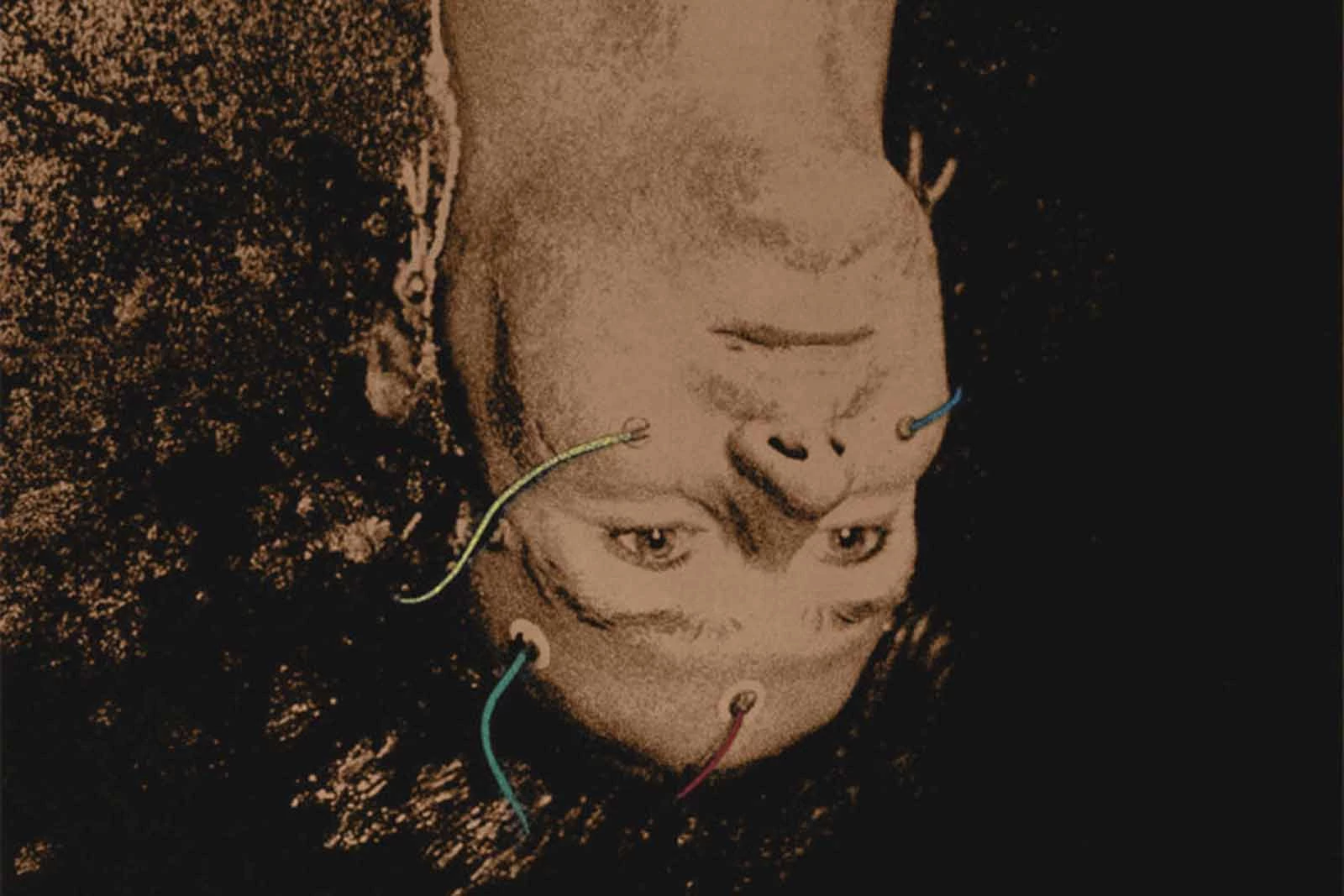

One reason for this interest is to address the question what should be considered “ normal mental functioning” in a philosophical, as well as in a medical sense and public health considerations. ASCs have caught the attention of psychologists, philosophers of mind, psychiatrists, and lately neuroscientists. Scientific interest in altered states of consciousness is as old as the origins of modern psychology. The dataset at hand will allow direct comparisons of the psychological effects of different induction methods as well as meta-analyses to establish induction method specific dose-response relationships. The database contains data from articles published in MEDLINE-listed journals from experimentally induced altered states that were assessed with a specified set of standardized questionnaires. Here, we introduce a database, termed the Altered States Database (ASDB), comprised of questionnaire data extracted from original research articles. Within psychological experiments, the subjective experiences of ASCs are typically quantified with retrospective questionnaires. A variety of pharmacological and non-pharmacological methods were reported to induce consciousness alterations in humans, ranging from the consumption of psychoactive drugs to special breathing techniques or sensory deprivation. | Credit Bob Hubner / WSU Photo Services This is an article excerpt from the Summer 2022 edition of American Archaeology Magazine.The experimental induction of altered states of consciousness (ASC) constitutes a research opportunity to relate changes in phenomenological states to underlying biophysical mechanisms. | Credit Courtesy Centennial Museum, UTEP This tubular pipe from an unknown Columbia River site in the Pacific Northwest tested positive for nicotine. They can see geometric images, including “dots, grids, lattices, honeycombs, checkerboards, arcs, cobwebs, tunnels, stars, and spirals.” A macaw effigy that was crafted to denote spiraling, which is a common sensation in the early stages of altered states of consciousness. | Credit Courtesy Centennial Museum, UTEP Depending on the psychoactive agent, humans could “experience visual and auditory hallucinations, the feeling of flight or swimming, and extreme emotional experiences including fear and perhaps the sense of dying,” according to Christine VanPool, an archaeologist at the University of Missouri.

To them, it is just a different reality-like looking through a microscope and seeing a different world.” This Ramos Polychrome smoker effigy which shows a colorfully decorated shaman smoking hallucinogenic tobacco. We consider that hallucinations and dreams are not real. “They would call it making the world that is typically invisible become visible, enabling them to encounter a supernatural world. “We call it ‘entering into a hallucinogenic state,’” he explained. David Robinson, an archaeologist at the University of Central Lancashire, emphasizes an important distinction between modern hallucinogen use and Indigenous use, however. The smoker would have invoked the wolf’s powerful spiritual presence during altered states of consciousness to see into the figure, to heal the injured or sick, and to supplicate the wolf as a guardian spirit. The steatite tube evokes the image of a resting and attentive wolf. The Blind Wolf pipe (AD 1-400) was discovered in north-central Tennessee in 1940. It has also sparked new interest among archaeologists. This new acceptance has sent a flood of funds to universities and start-up companies. Now, in modern times, substances that induce altered states are gaining legitimacy for many uses, including treating PTSD and depression. For millennia, Native Americans have entered altered states of consciousness for social, ceremonial, recreational, and medicinal reasons. By Gayle Keck The present is catching up to the past.


 0 kommentar(er)
0 kommentar(er)
